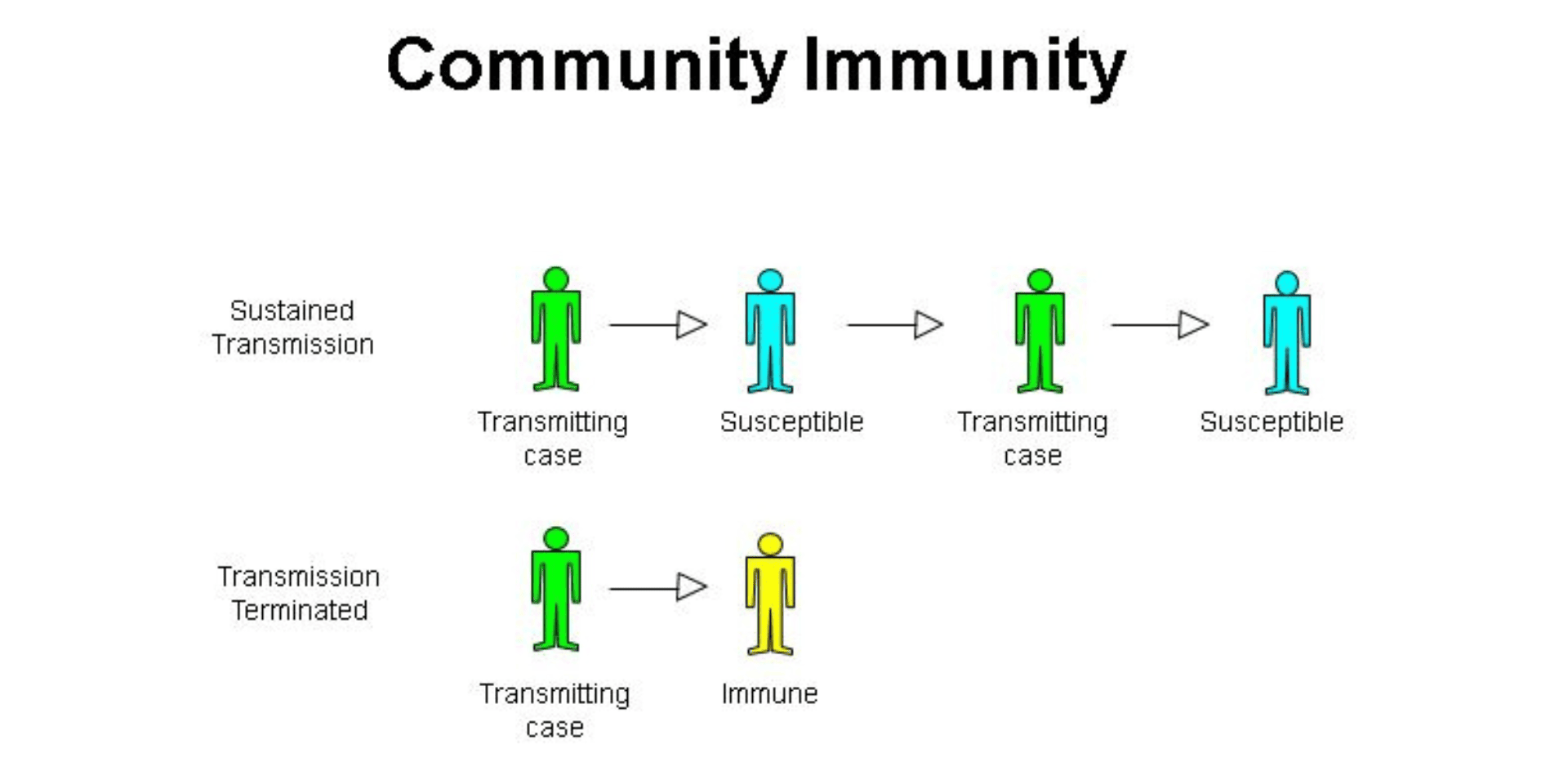
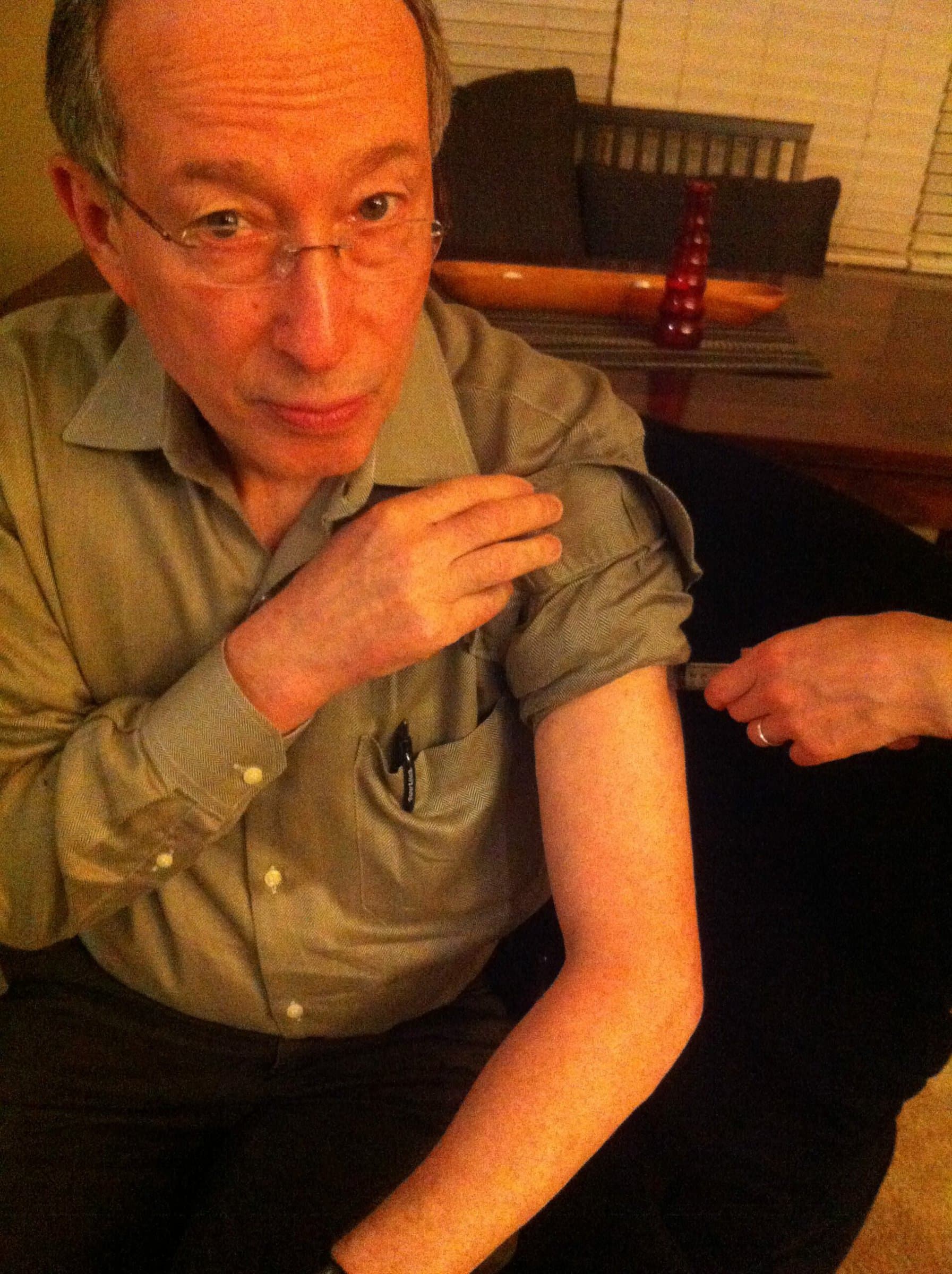
Special thanks to NFID President Walter A. Orenstein, MD, Associate Director, Emory Vaccine Center and Professor of Medicine, Pediatrics, and Global Health, Emory University, for this guest blog about the importance of protecting yourself against influenza through a community immunity approach.
Most vaccine-preventable diseases are spread from person-to-person, meaning that the germ maintains itself in the population by an infected individual coming into contact with a susceptible individual and transmitting the infection. 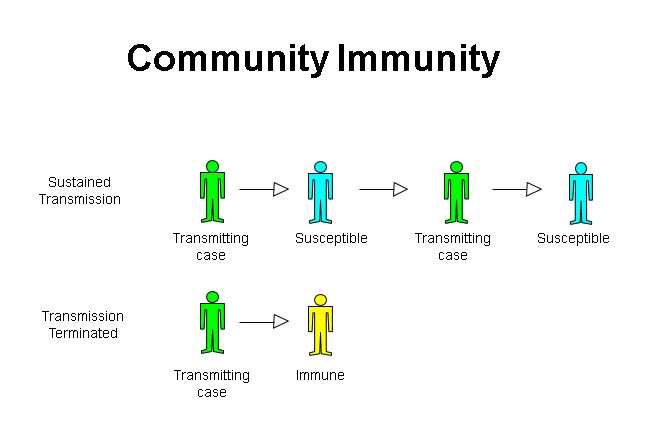 After an incubation period, the newly infected individual then becomes capable of transmitting the germ to other susceptible members of the population. This process of spreading infection is known as a “chain of transmission.” If a transmitting case only comes in contact with immune individuals, the chain is broken, putting an end to the outbreak in the community.
After an incubation period, the newly infected individual then becomes capable of transmitting the germ to other susceptible members of the population. This process of spreading infection is known as a “chain of transmission.” If a transmitting case only comes in contact with immune individuals, the chain is broken, putting an end to the outbreak in the community.
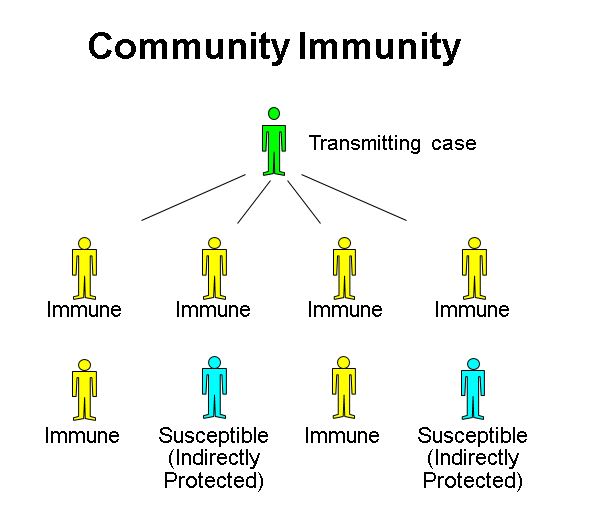
Fortunately, those who are infected with germs (e.g., viruses, bacteria) do not have the ability to infect infinite numbers of people. That’s because individuals generally have a limited time during which they are contagious before their own immune system clears the germ and they become non-contagious. Further, different germs require different doses of pathogen to be transmitted in order to successfully infect another individual, and those that require higher doses may also require more prolonged contact to transmit infection. Additionally, some germs spread more easily than others. For example, a germ which is spread through respiratory secretions such as coughing may be more contagious than a germ which is spread from fecal excretion or vomiting.
Mathematical modelers, for most vaccine-preventable diseases, have been able to calculate the average number of people to whom an infected individual can transmit germs. This number is known as Ro or the “basic reproduction number.” For example, if the Ro for a given disease is 4, then the average case is capable of transmitting to 4 individuals. If the population is 100% susceptible, then, when the disease pathogen with an Ro of 4 is introduced into the community, 4 people would be infected. After those 4 people become contagious, they would each lead to 4 more infections or 16 total cases. And the next generation would lead to 64 cases, etc. If, on the other hand, the immunity level in the community before the introduction was 75%, 3 of the 4 contacts would be immune. So the new introduction would lead to only one case, not 4. Further if the immunity level was >75%, then the introduction would likely not give rise to any cases and transmission would die out. This level of immunity, at which termination of transmission can usually be assured, is known as the herd immunity threshold and varies by disease. For measles, the Ro is 12-18. The herd immunity threshold is calculated as (Ro-1)/Ro and for measles, the threshold is 92-94% immunity for most populations.
Now how does all of this relate to influenza (flu)? The Ro for influenza has been calculated to be between 1.4-4, with most estimates around 2. That means the herd immunity threshold for influenza is around 50%, which is lower than most other vaccine-preventable diseases. So, what makes influenza so contagious? First, because influenza viruses typically change from year to year, large proportions of the population, immune to prior influenza viruses, become susceptible to the new viruses. This is also why influenza vaccination is recommended annually. Second, the incubation period for influenza is short—approximately 2 days from exposure to onset of illness. Thus, in a 100% susceptible population, even with an Ro of 2, there would be 7 generations of cases following an introduction, or 128 cases in a two-week period. In contrast, even though measles has an Ro of 12-18, based on a doubling time of two weeks, the total number of cases after the same two-week period would only be 12-18 cases.
Vaccination protects both the individual as well as the community as a whole, and indirectly protects individuals who cannot be vaccinated, such as children too young or those with a medical contraindication. High vaccination coverage in the community helps to protect these vulnerable individuals because by eliminating transmission, they are not exposed.
For many vaccine-preventable diseases such as measles, rubella, and polio, virtually all persons vaccinated are protected against the disease. Thus, while there is a community responsibility to achieve high levels of vaccination, from a personal perspective, as long as you are vaccinated you have a very high probability of being protected.
However, this is not the case for flu. When there is a good match between the vaccine and the circulating strain(s), the effectiveness is usually about 40-60% although in some years and for some strains, effectiveness can be on the order of 30% or even lower. That’s still a lot better than 0%, which is the effectiveness without vaccination. But if you receive a flu vaccine, there’s still a good chance you could be susceptible. How then, can you increase your chances of protection? You can do that by encouraging your contacts, friends, and family to also get vaccinated. With an Ro for influenza of 2, the herd immunity threshold is 50%. If the vaccine effectiveness is 60%, then 83% of the population must be vaccinated to achieve that level of immunity—a proportion substantially higher than current coverage in the US in any given year.
When it comes to flu, it certainly is in your best interest to get vaccinated annually. But you can substantially improve your chances of protection by also promoting vaccination to all those around you. Become an advocate in your community so that everyone for whom vaccination is recommended gets vaccinated each year, not only to protect yourself, but also the community at-large.
To join the conversation, follow NFID (@nfidvaccines) and Walter Orenstein, MD (@worenst and @NFIDPresident) on Twitter using the hashtag #FightFlu, like NFID on Facebook, follow NFID on Instagram, join the NFID Linkedin Group, and subscribe to NFID Updates.
Related Posts
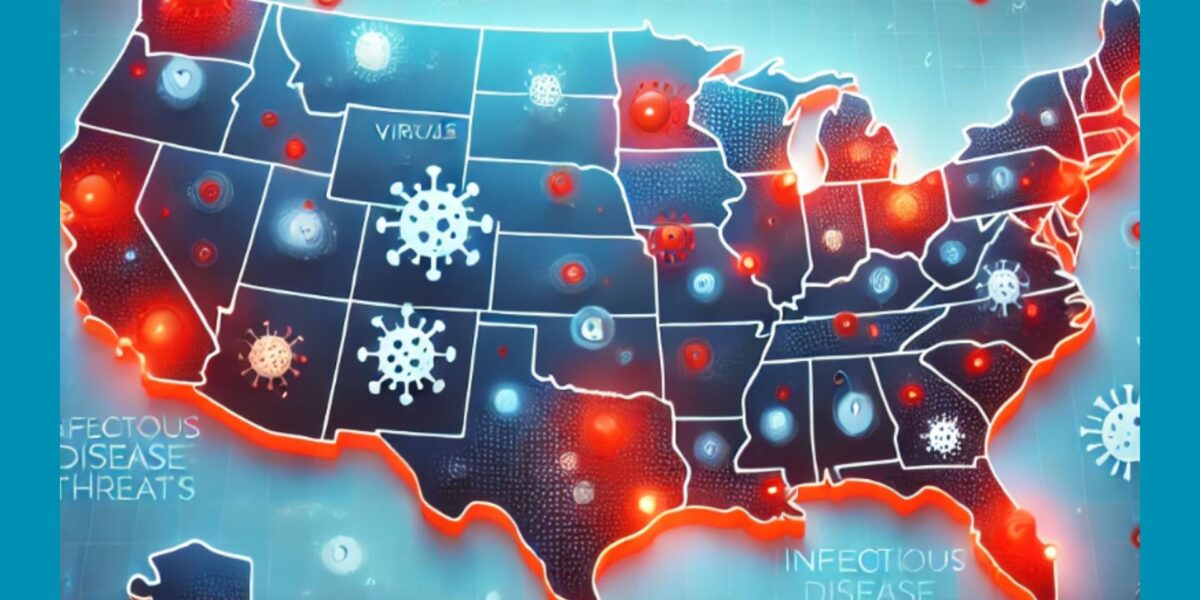
News Round-Up: Infectious Disease Threats
According to NFID website poll, there are several worrisome infectious disease threats. Read recent news on topics of greatest concern, including avian influenza (bird flu), measles, and respiratory syncytial virus (RSV) …

Vaccines and Heart Health: A Vital Connection
Heart disease can increase the risk of serious or fatal complications from respiratory diseases including COVID-19, flu, and RSV

Harnessing the Power of Local Data
NFID dashboard aims to empower stakeholders with hyperlocal data to increase US adult respiratory vaccine uptake
